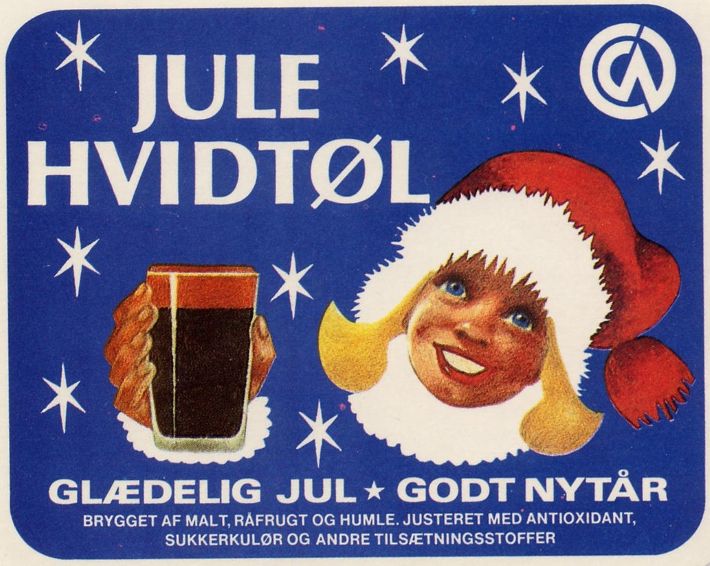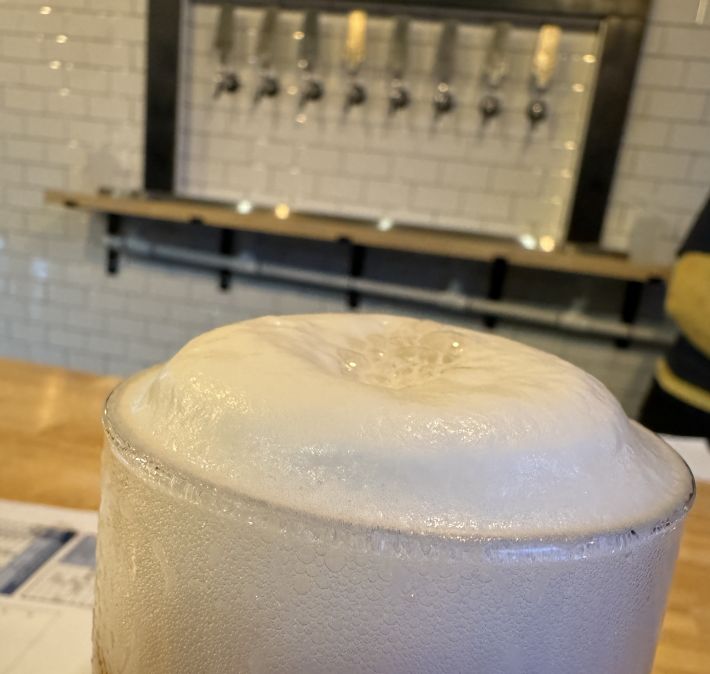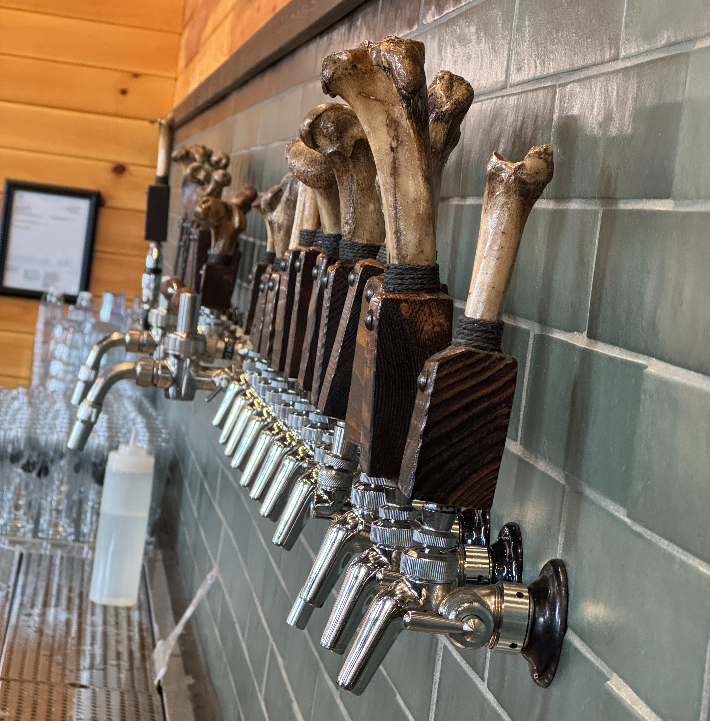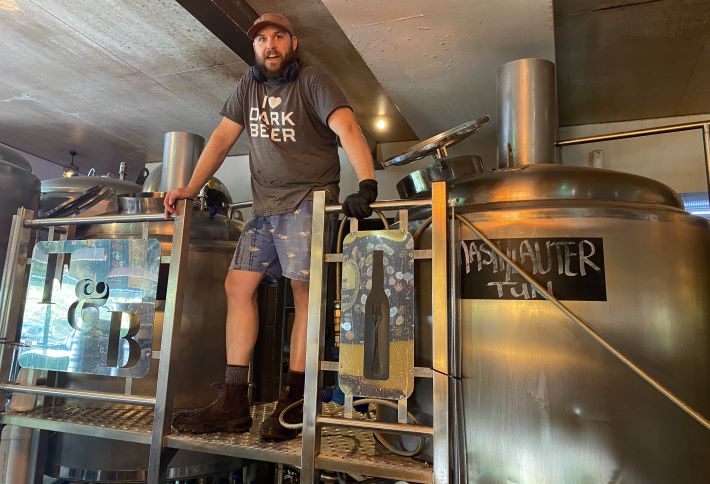
In their monthly newsletter (available at Substack), Boak & Bailey ask, “Are you feeling Christmassy yet?” I am, and I am also ready to be done with beer-related lists and stories about Guinness and “splitting the G.” At some point, and it has passed, I see no reason to share them. Not today, and not next week. This will be the last collection of links in 2024. See you January 6, 2025.
NEWSWORTHY
– Bart Watson Appointed as President and CEO of the Brewers Association. That’s the news, and this link includes a take on the news.
To this I will add that, by chance, an anecdote from 2015 I chose to include in a story about Watson that seems relevant today. It was part of Beer Advocate magazine’s regular “Will Work for Beer” series, and began . . .
“Bart Watson really does think this way. At 3:59 p.m. on Sept. 10, he tweeted: ‘Flight attendant says flight from SFO to Sacramento is 13 minutes. It’s 37 degrees warmer there. That’s almost +3 degrees per minute.’
“Forty-two minutes later he followed up: ‘The flight took 17m40s – There must have been some serious headwinds.’”
Even then, it seemed as if he was preparing for the challenge accepted last week.
– RateBeer will cease operations as of February 1, 2025. Or not. More than a hundred replies follow, so you are to free to choose what you think may happen Feb. 1.
QUOTE OF THE WEEK
“I will say that for all of the sensory experience, recipe development, and other little skills I’m working on, there are some fundamental pieces – tools in the toolbox – that I still need. Some of that will come with more time, like rebuilding a heat exchanger. What I’m looking for is the bones, the raw physics and chemistry of brewing. It’s like, as a musician I can know chords and scales, and then I can learn theory that increases my capacity to create what I want. Same thing.”
— Aaron Brussat
From Q & A with Glen Hay Falconer Foundation 2024 Brewing Scholarship recipient Aaron Brussat
YOU MIGHT ALSO ENJOY
– The Nottinghamshire pubs combating loneliness and encouraging the art of conversation. “Pubs should be and often are the heart of the community. It’s where everyone is welcome. It’s where people who are struggling and are lonely can go and find friendship and companionship.”
– Observations from a dive bar. To which I will add two words, “third place.”
– Humphrey’s world: how the Samuel Smith beer baron built Britain’s strangest pub chain. A very long and very strange story impossible to summarize in a few words. But the part about villages that are left without a single pub is pretty sad.
– London – A Small Cask Snapshot. Might as well throw in a visit to a Samuel Smith pub.
– Texas brewery sells out of $300 bottles of beer. First, a question: How many bottles did they sell? Second, an observation: the bottles are 6-liters, so that works out to $25 for a half liter. Not cheap, but after reading this story I visited a store down the road that had more than a dozen 500 ml bottles selling for more. Third, this story oozes with the gushiness (“a rich and delightful barrel-aged masterpiece’) I think Alan McLeod would enjoy.
– The Colour of Vienna Lager: Somebody Got It Right. Fair warning, this is about style guidelines.



